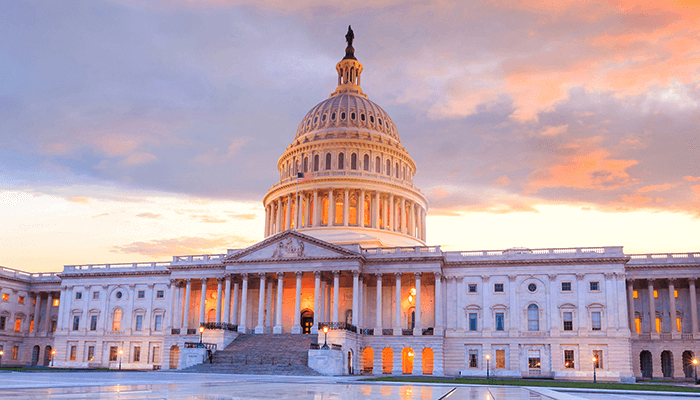The Budget Act at 40: Time for a Tune Up?
For additional budget process resources including specific options for reform, visit our Better Budget Process Initiative home page.
Forty years ago, President Nixon signed the Congressional Budget and Impoundment Control Act of 1974 (“The Budget Act”) into law, establishing the modern budget process and institutions. Enacted to settle ongoing clashes between the executive and legislative branches, the Budget Act established procedures and institutions to allow Congress to establish its own budget priorities independent of the executive branch and provide a framework to guide and coordinate legislation affecting spending and revenues within overall budgetary limits.
At first, the new budget process established by the Budget Act gave Congress a stronger framework with which to budget and govern much more effectively. But after 40 years, the Budget Act is starting to show its age.
There is a growing consensus that the budget process is broken. After functioning relatively well for more than two decades, Congress has increasingly moved to dealing with budget issues on an ad hoc basis. Congress adopted an annual budget resolution, approved by both chambers, each fiscal year from 1976 through 1998. Since then, however, there have been eight fiscal years in which Congress has not approved a budget resolution. Furthermore, Congress has increasingly relied on temporary patches to fund parts of the federal government rather than full-year appropriations.
Statutory deadlines throughout the budget process are regularly ignored. Budget resolutions are rare. Fiscal controls that are in place are routinely circumvented, waived, or ignored. Temporary policy fixes, often involving gimmicks, are legislated at the last minute.
Congress remains preoccupied with the next crisis or deadline, while the majority of spending and tax policies are on autopilot, leading to a system where our national priorities are neither fully thought out nor fully funded. Not only has Congress not complied with the Budget Act, but the Budget Act has not kept up with Congress and the changing nature of spending programs and the tax code. Items such as emergency spending, government-sponsored enterprises, credit programs, tax expenditures, budget baselines, and temporary provisions all impose challenges to sound budgeting under our current practices. The country’s substantial long-term challenges underscore the problems with the budget process, as an increasing portion of the budget is on autopilot and continues to grow at an unsustainable rate that threatens long-term fiscal sustainability.
To be sure, lawmakers have made some improvements to the budget process and created new rules for fiscal responsibility – including the establishment of pay-as-you-go laws, discretionary spending caps, and a host of other rules. But the process is increasingly outdated and overly complicated, and Senate and House rules and points of order have merely been layered on top of a statutory process that few understand.
Reform is needed, but deciding how to reform the process to make it work better first requires understanding the problems and flaws with the current system. This paper aims to outline those issues.
See the full paper below, or download it here.


